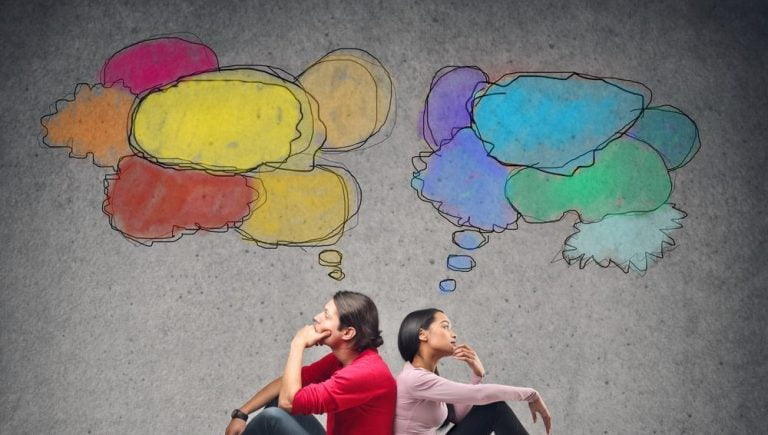In one of the previous posts we discussed how map is not equal to territory. In this post we would explore how people respond as per their maps and not as per the reality.
Let us begin this post with some imagination. It is okay if you find it difficult to do so, but give it a shot and think about it.
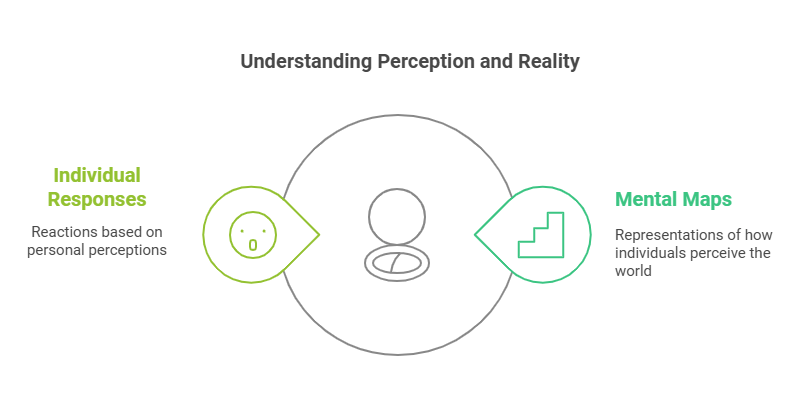
Scene 1:
Person A and Person B meet each other for the first time in a class and end up having a huge fight. People had to literally pull them apart to prevent them from doing bodily harm to each other. For the next few months they have not seen each other after the class.
But then one day they happen to bump into each other after 2-3 months while crossing road. What do you think the reactions would be like?
Even if there is no external reaction, wouldn’t there be an internal sense of discomfort which will unconsciously be reflected in the body language, expressions…. At least for most of us?
Scene 2:
Person A and Person B meet each other for the first time in a class and end up becoming very good friends. But due to busy schedules are not able to catch up with each other for a couple of months.
Then one day while walking on a road, they bump in to each other. What do you think their reactions would be?
It would probably be something like, Hi! How have you been? There would be a sense of excitement, happiness and comfort. They would try to catch up with what each of us have been doing in the last few months, wouldn’t they?
Scene 3:
Person A and Person B have never met before. They have just crossed each other’s path on the road. How would they react this time?
Neutral? No reaction per se; or maybe a courteous smile?
Right?

Now in which of the scenario was the response while crossing each other on the road only based on the present?
Only scene 3 where Person A and B did not know each other. In the first & the second scenario, their responses were based on the past experience that they had with each other. The reactions were not based on what was happening in the present.
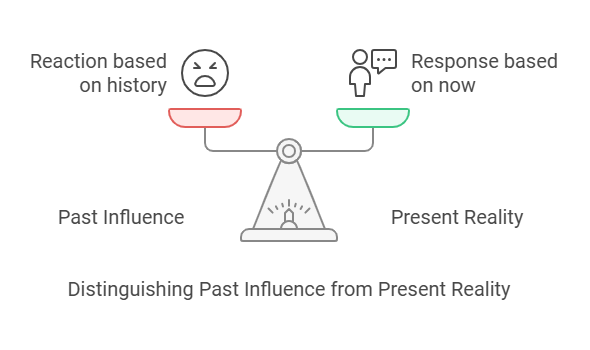
People respond as per their Maps
The way our mind works is, when we come across something or someone, the mind checks the existing map (information) for past experiences. If there is a past experience it gets triggered. Many a times, the trigger may not be directly in sync with that particular person or situation.
For example, you may hear a person’s voice for the first time and feel irritated.
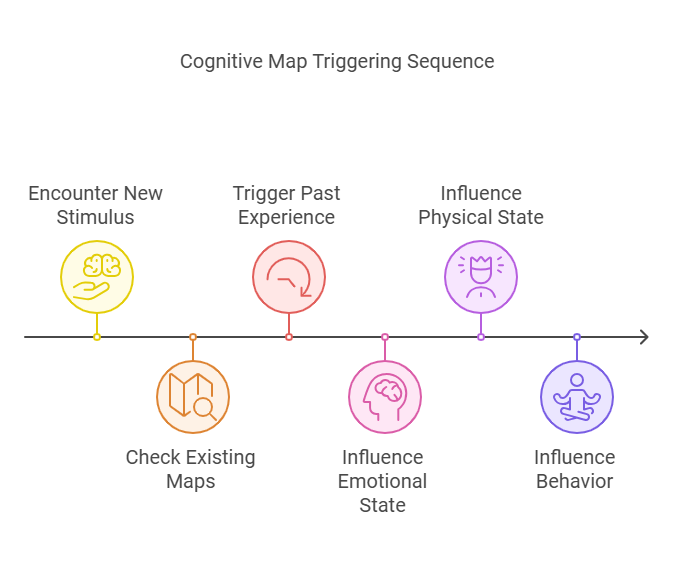
Now, you do not know why this is happening. This may not necessarily be because of what that person is saying but because that individual’s voice may have reminded you of someone else whom you probably don’t like.
Thus, this current person’s voice becomes a trigger for your irritation. This is completely unconscious, which is why many a times people have no apparent reasons for liking or disliking someone.
Once the past experience is triggered it influences our emotional and physical state, which in turn influences our response i.e. our behaviour. In short we respond as per our map (perception) and not as per the reality!
Self Fulfilling Prophecy
Taking it a step forward, our final results are a result of the behaviours that we engage in consistently over a period of time. In most cases our results will either be in sync with our generalizations (beliefs) or we will distort them to bring them in sync with our generalizations.
This is what is called a self-fulfilling prophecy
Different People Different Maps Different Responses
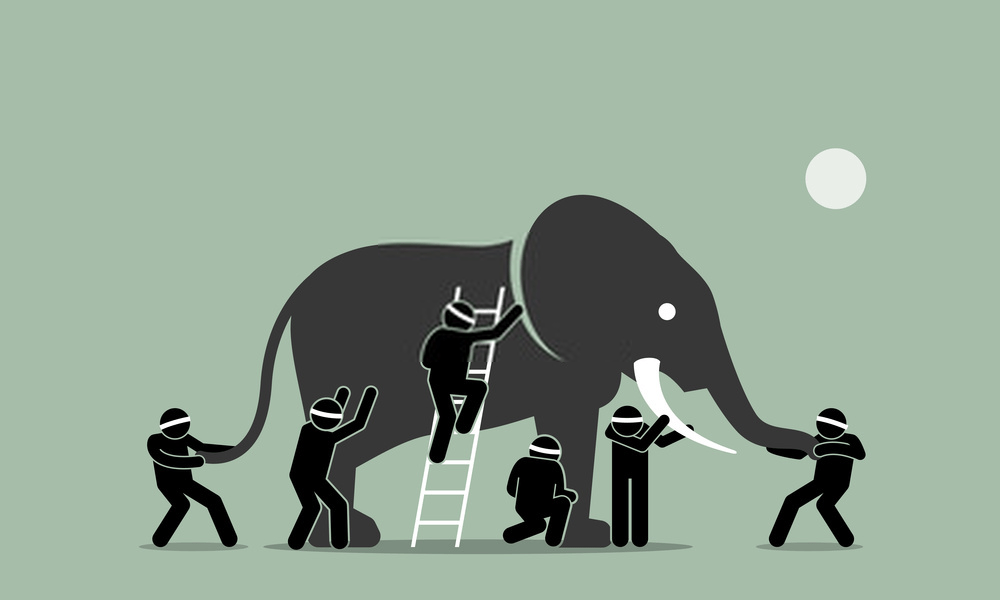
Since people respond in accordance to the map of the world they have in their minds and different people have different maps of the same world, we at times find it difficult to understand a person’s behaviour in a particular situation.
For example, this was at a friend’s birthday party where another friend goes and tells the host (the birthday girl) ‘you are so boring; you have called people at 7 pm! Adults start parties post 9 pm’.
Another person standing next to me, immediately reacted saying ‘excuse me! You can’t be hurting and judging someone on their birthdays at least!’ The funny part was, that the host laughed it off and said ‘arre I sleep early, I can’t handle adult parties’.
The person who made that ‘you are boring’ comment immediately apologized and said ‘I was just puling your leg, I didn’t mean to hurt you’. To which the host said ‘I know, I know’ and the person next to me rolled his eyes.
I on the other hand kept wondering how does time matter, people could walk in late if it suits them.
So if you notice here, the so called joke was interpreted differently by all of us.
- the comment was meant to be a joke,
- the host laughs it off
- another friend is offended
- another person (me) is confused
This is because a person would respond as per his/her map and we are trying to understand his/her behaviour through our map drawing different interpretations.
Understanding Response of other People
Wouldn’t it be better to start with understanding the other person’s map first. Understanding the map will provide us with the context to understand their behaviour. Understanding the map will also help you empathise more effectively.
So the next time, when you find it difficult to understand someone’s behaviour, just remember that the other person maybe operating out of a map that is different from yours. Understanding his / her map can then help you understand his / her behaviour. The perceptual position technique from NLP can be extremely useful in this respect.
Therapists Niche:
As a therapist, it is extremely important to not only understand the clients behaviour but also the context in which that behaviour is being applied. Since the context is defined by the clients map, understanding the same becomes important. In order to understand the clients map you can use questions from NLP meta model or from CBT.
Once you understand the map, you can help the client create a sustainable change in their behaviour by creating a change in their map. This can be created quickly and effectively with the help of processes from Clinical Hypnosis, Neuro linguistic Programming and Metaphors.
If you are a psychologist who would like to develop advanced therapeutic skills to effectively understand and create a change in clients map and behaviour, you must check out our internationally accredited course based on a comprehensive eclectic approach to psychotherapy.
If you are a coach or a trainer who would like to incorporate the principle of Hypnosis, NLP and Mindfulness into your coaching sessions or training programs, you would love the Cognitive Hypnotic Coaching™ Program.
